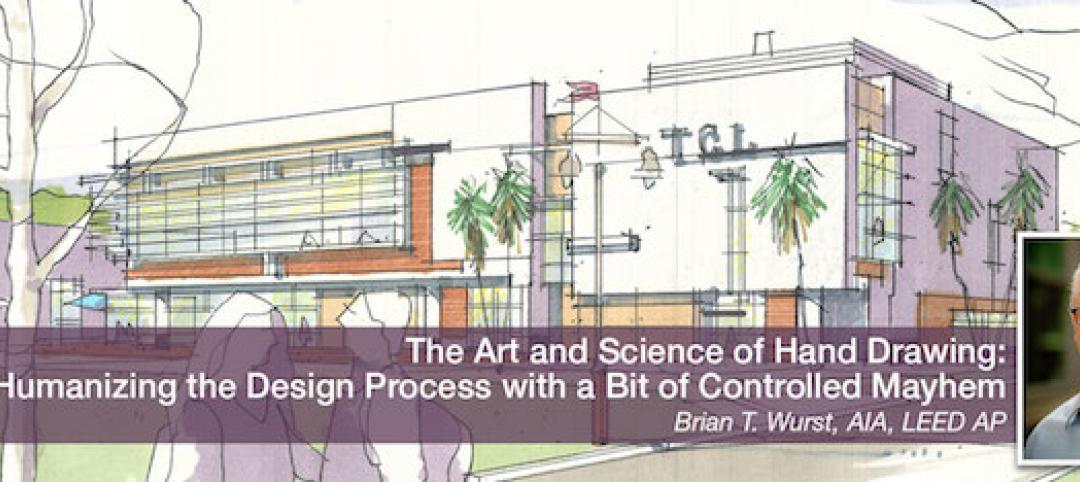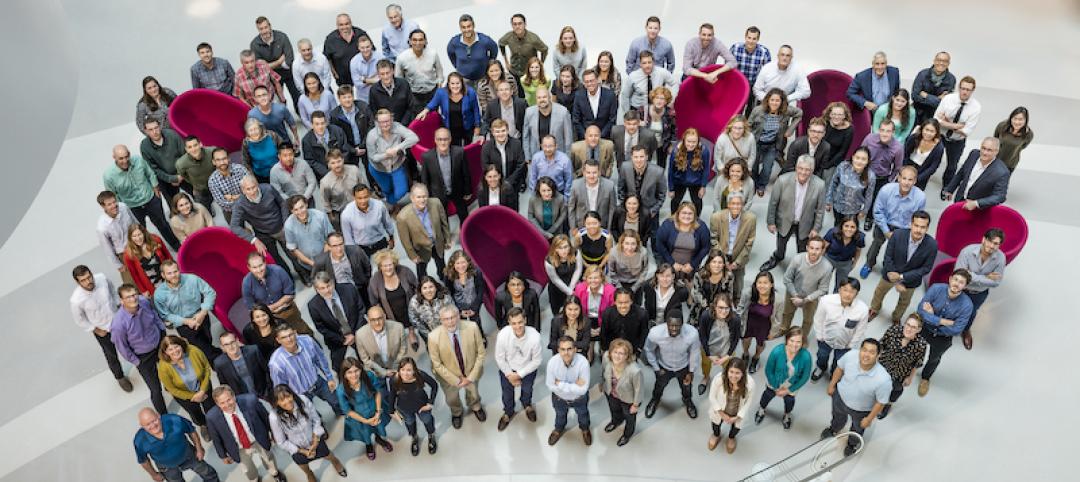Google Earth recently relaunched with a host of new features to help people explore the world in even more detail without ever having to leave the air-conditioned comforts of their homes.
One of the most fascinating new features is known as Voyager and it allows people to “experience interactive stories from around the world.” Anyone can now take guided, interactive tours of famous cities, cultural landmarks, and lost civilizations. These tours have been curated by entities such as BBC Earth, DigitalGlobe, and The Ocean Agency.
Two tours, specifically, will be of interest to anyone with a passion for architecture: Frank Gehry Buildings and Architecture by Zaha Hadid.
Frank Gehry Buildings showcases eight of the architect’s designs from around the world such as the Vitra Design Museum in Weil am Rhein, Germany, Dancing House in Prague Czech Republic, and Museum of Pop Culture in Seattle Wash. Each building comes with a short blurb explaining the building’s main function.
 Frank Gehry's Dancing House. Courtesy Google Earth.
Frank Gehry's Dancing House. Courtesy Google Earth.
Architecture by Zaha Hadid features six of the late architect’s buildings such as the London Aquatics Center, the Bergisel Ski Jump in Innsbruch Austria, and Havenhuis in Antwerp, Belgium.
As one moves from building to building, the map zooms out, moves over the globe to the next landmark’s location, and then zooms back in. Once at the site, one is free to move around and zoom in and out as one pleases, or allow Google Earth to automatically pan slowly around the building. Building’s can be viewed in either 2D or 3D. Each building can be explored in Street View, as well.
Voyager allows people to view these often times very familiar structures in a more macro context. Instead of the professional pictures everyone has come to associate with a building like Gehry’s Walt Disney Concert Hall or Hadid’s MAXXI, people can now gain a better understanding of how the buildings fit into their site and the overall city.
 Zaha Hadid's MAXXI museum. Courtesy Google Earth.
Zaha Hadid's MAXXI museum. Courtesy Google Earth.
Other current Voyager tours include Museums Around the World, Lost Civilizations from Above, Hemingway’s Hangouts, and Following Charles Dickens.
Related Stories
Architects | Dec 10, 2018
The art and science of drawing: Humanizing the design process with a bit of controlled mayhem
Hand drawing reveals a dimension beyond those available in a CAD drawing or digital rendering.
Architects | Dec 7, 2018
2019 AIA Gold Medal awarded to Lord Richard Rogers, Hon. FAIA
The Gold Medal honors an individual whose significant body of work has had a lasting influence on the theory and practice of architecture.
3D Printing | Dec 7, 2018
Additive manufacturing heads to the jobsite
Prototype mobile 3D printing shop aims to identify additive manufacturing applications for construction jobsites.
Architects | Dec 6, 2018
Payette honored with 2019 AIA Architecture Firm Award
The award recognizes a firm that has consistently produced distinguished architecture for at least 10 years.
Biophilic Design | Nov 19, 2018
Biophilic design: What is it? Why it matters? And how do we use it?
As we continue to move toward the city and spend more time indoors, our day-to-day interaction with quality nature is shrinking. One contemporary concept to reverse this effect is biophilic design, a strategic approach to tap into—and harness—nature in the built environment.
Architects | Nov 6, 2018
Kohn Pedersen Fox opens three new offices
Following exciting current work, new commissions, and upcoming opportunities, global architecture firm embraces the future with new outposts.
Architects | Oct 2, 2018
Gensler, in latest report, highlights where resilient design could make the greatest impact on the built environment
The firm showcases its own recent projects as demonstrations for what can work in six areas.
Architects | Sep 24, 2018
Assembly (and rigorous planning) required: Managing the pros and cons of modular construction
While offering efficiency and flexibility, modular construction requires extensive planning and collaboration to avoid potential challenges.
Architects | Sep 19, 2018
Back it up: Parking lot trends
There are two shifts that we are seeing in parking lot planning and design – and these shifts are rooted in parking’s place at the intersection of environment, transportation, and market behavior.
Architects | Sep 14, 2018
We’ve entered the golden age of brain science. What does it mean for AEC firms?
New research from the SMPS Foundation explores the known principles and most recent research surrounding the human brain and behavioral science. The goal: to discover connections between the science and the AEC business.















